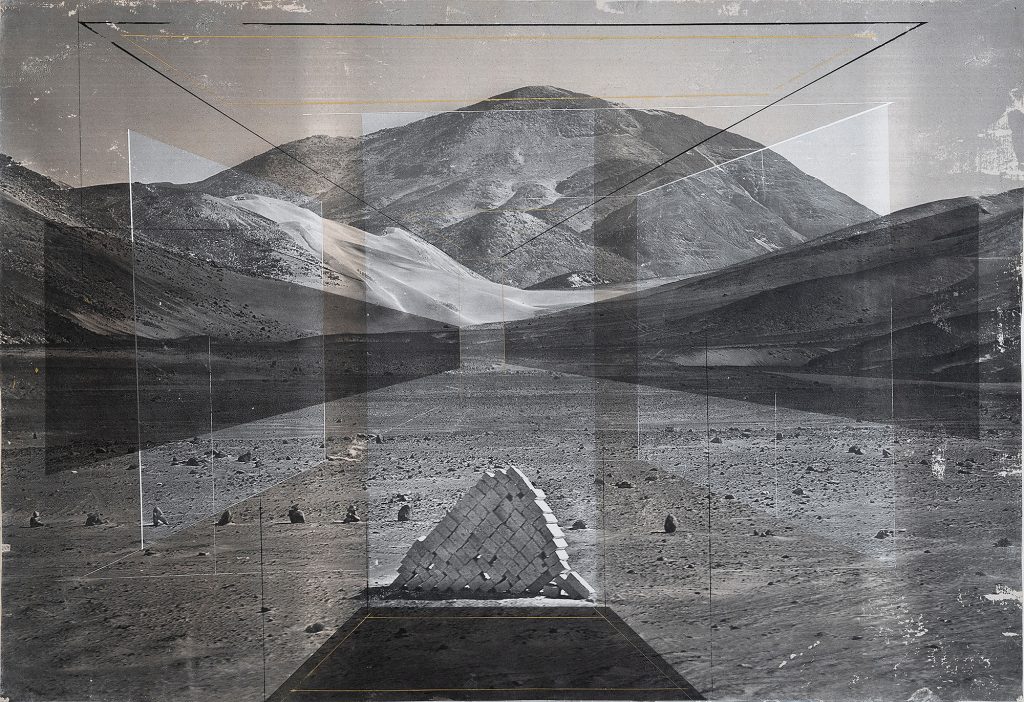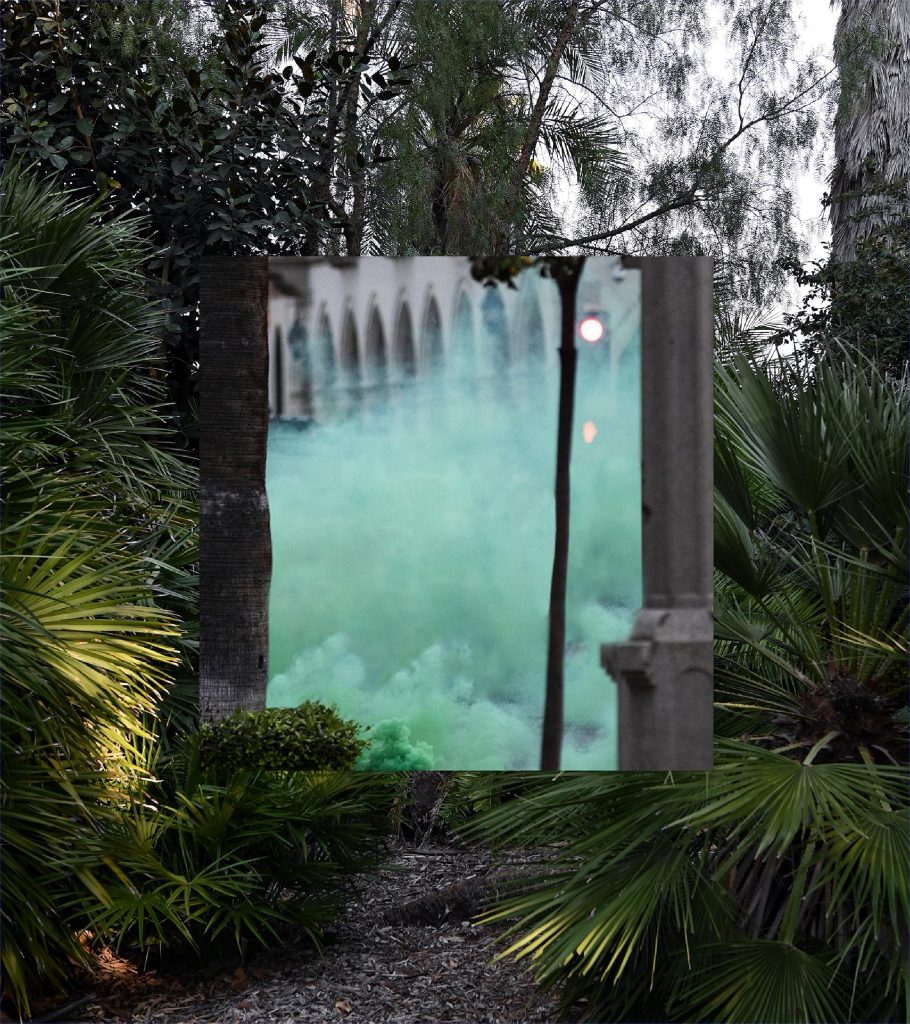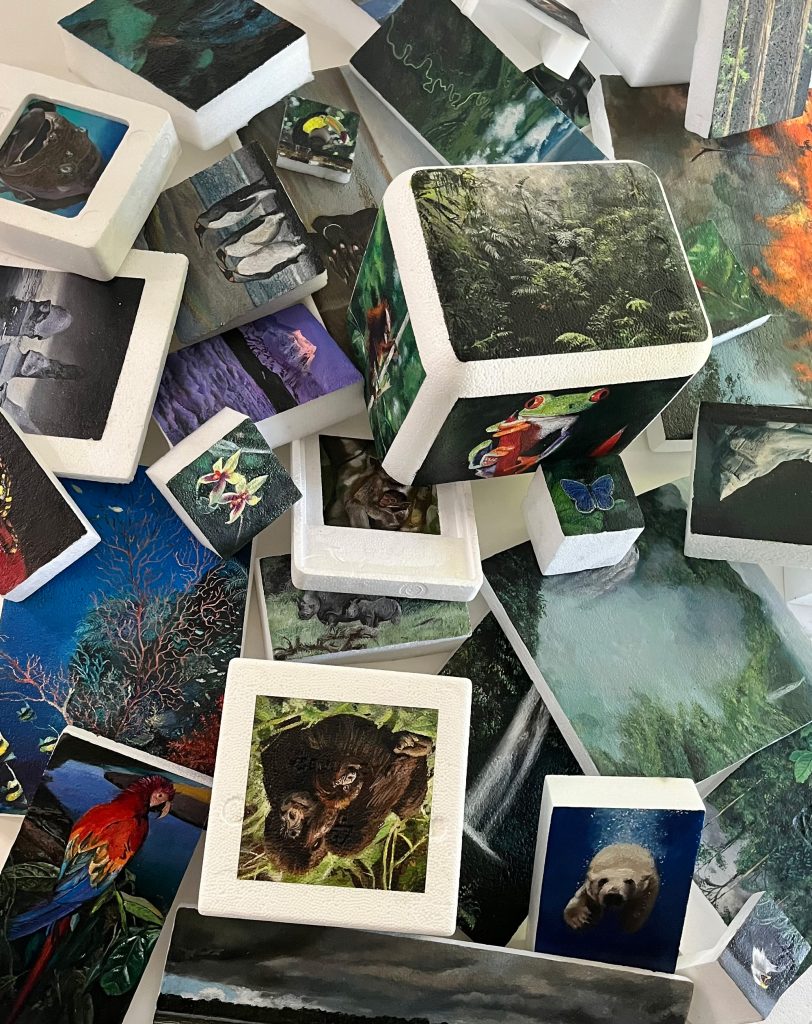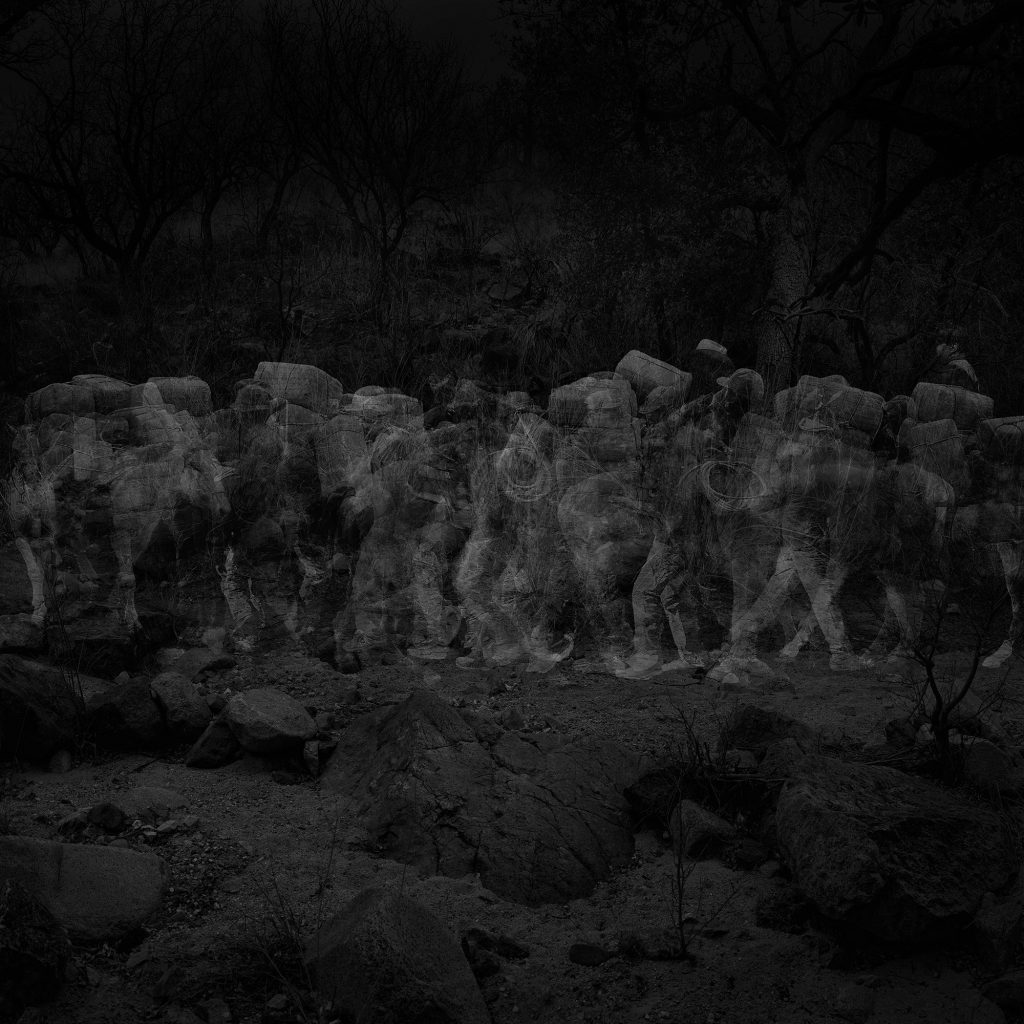ART [MEMO]: Why the Power of Sublime Landscapes May Just Encourage You to Care More About Climate Change — Group Show at The Brand Library & Art Center, Los Angeles


Rodrigo Valenzuela, Sense of Place 106, 2021. 43.25” x 40”, acrylic and toner on canvas. Courtesy of Brand Library & Art Center.
Organized by artists Lawrence Gipe and Beth Davila Waldman, the ambitious exhibition included multiple artworks by each of the twenty artists working in a variety of media including: video, photography, collage, installation, and painting. Gipe and Waldman chose these artists —Luciana Abait, Kim Abeles, Fatemeh Burnes, Linda Connor, Rodney Ewing, Guillermo Galindo, Dimitr Kozyrev, Ann Le, Constance Mallinson, Ryan McIntosh, Liz Miller Kovacs, Deborah Oropallo, Andy Rappaport, Kit Radford, Aili Schmeltz, Alex Turner, Rodrigo Valenzuela, and Amir Zaki—as their practices incorporated landscape and the sublime to reflect upon critical issues of climate change and the Anthropocene.


Another fascinating grouping was a series of photographic works by Alex Turner that explores both the sociopolitical and environmental issues at the border between the U.S. and Mexico. Turner captures the hidden movements of animals and humans traversing the shared landmass by marrying photography and remote sensing imagery. In 29 Humans (Smugglers) and 12 Horses, 1-Week Interval, Patagonia Mountains, AZ, (2019), we see a jumble of figures with heavy packs and intermittently visible horse legs, all lined-up on the same path as documented over the one-week period. By depicting them as a ghostly mass, the artist transforms their presence into a fixture of these desert mountains. Yet the use of “spy” cameras to capture these previously unknown paths feels dangerous in the wrong hands, especially in today’s political climate.

Mallinson, who also contributed a must-read essay to this exhibition, stated, “There are no neutral landscapes.” In this show each artist takes full advantage of their license to delve deeper into the consequences and cautionary tales of our destructive behavior toward the environment and our “ungovernable technologies.” Yet, it’s their use of the sublime in landscape that tethers the viewer to a more personal and spiritual experience.
The exhibition’s theme also had strong art historical parallels to the father of Hudson River School painting and 19th century environmentalist, Thomas Cole. He too used the sublime in his famous landscape paintings to instill both a feeling of awe and power in nature, but also to help people comprehend what they were losing to industry and greed—a trend that continues today. In his 1835 Essay on American Scenery, Cole wrote:
I cannot but express my sorrow that the beauty of such landscapes are quickly passing away—the ravages of the axe are daily increasing—the most noble scenes are made desolate, and oftentimes with a wantonness and barbarism scarcely credible in a civilized nation. The wayside is becoming shadeless, and another generation will behold spots, now rife with beauty, desecrated by what is called improvement. […] Nature has spread for us a rich and delightful banquet—shall we turn from it? We are still in Eden; the wall that shuts us out of the garden is our own ignorance and folly.
While it is not the artist’s responsibility to change the hearts and minds of Americans about climate change or encourage them to take action, this exhibition demonstrated that they can certainly provide the “map” for navigating our 21st century landscape. Here’s hoping that our “ignorance and folly” won’t keep us from asking for directions.
Ashley Ouderkirk is an independent curator & emerging artist advisor who splits her time between New York City & Los Angeles. She is currently the Curator-in-residence at Kunstraum in NYC.
“Mapping The Sublime: Reframing Landscape in the 21st Century”
Curated by: Lawrence Gipe & Beth Waldman
April 2nd – June 11, 2022
Brand Library & Art Center
1601 West Mountain St., Glendale, CA 91201
www.brandlibrary.art
